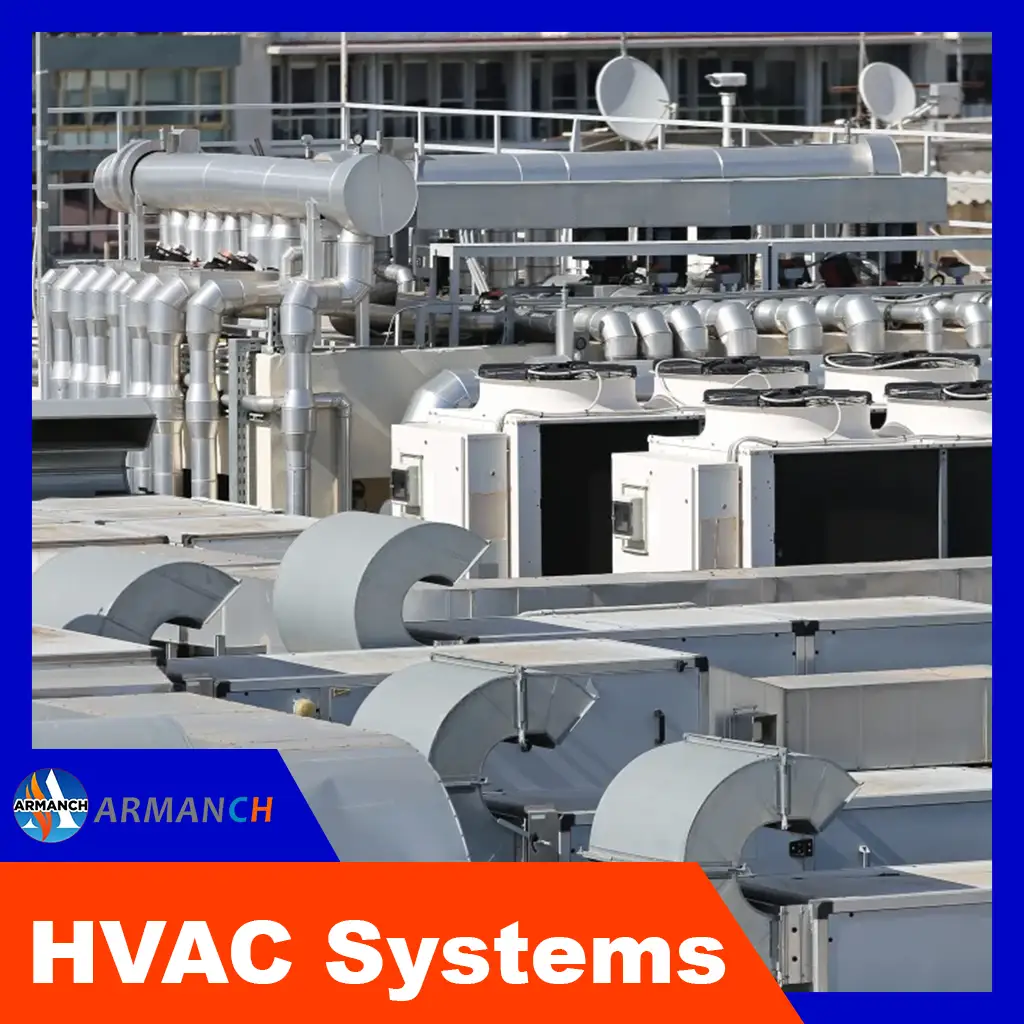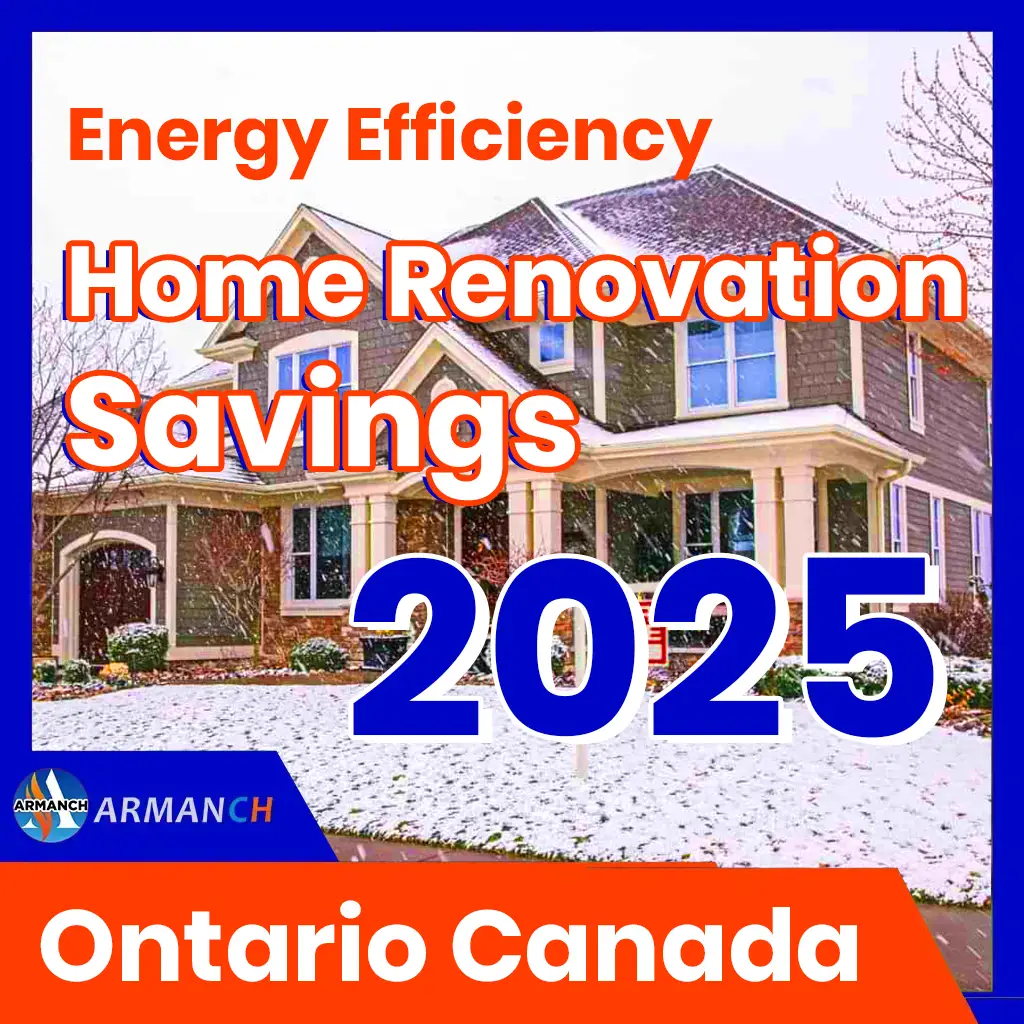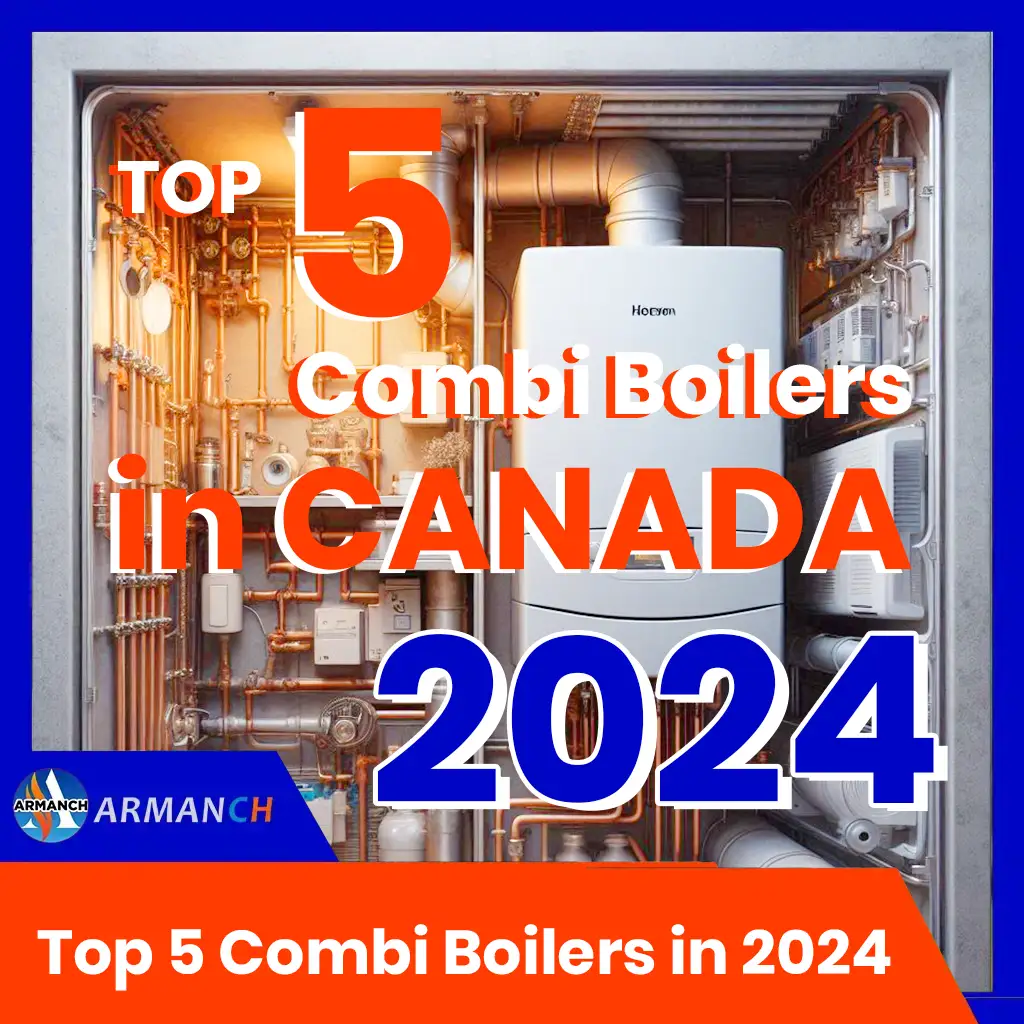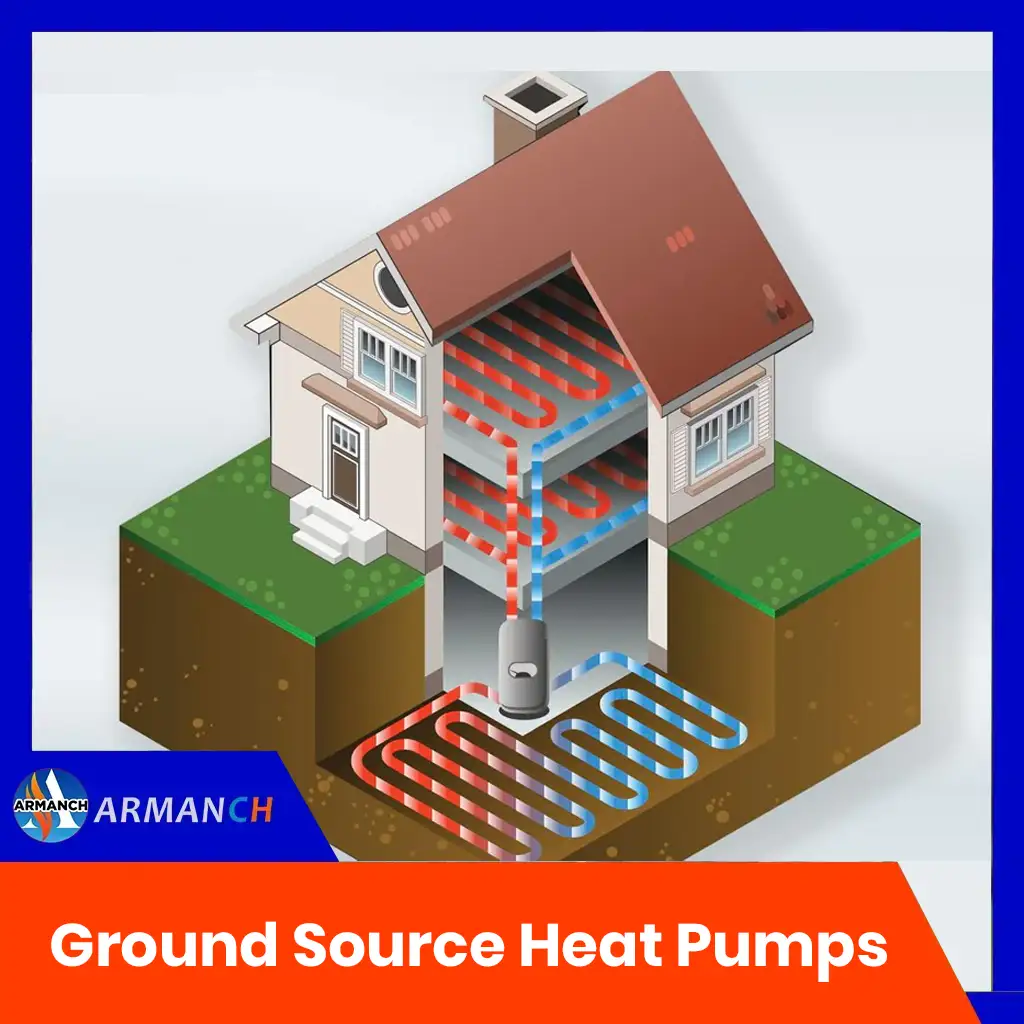
A Comprehensive Guide to Residential HVAC Systems
Keeping Your Home Comfortable
A Guide to HVAC Systems
HVAC stands for Heating, Ventilation, and Air Conditioning. These systems are essential for maintaining a comfortable temperature inside your home year-round. But with so many options available, choosing the right one can be overwhelming. This guide will explain the different types of residential HVAC systems to help you make an informed decision.
Types of HVAC Systems
These are the most common type of HVAC system. They consist of two separate units:
⦁ Outdoor unit: This houses the compressor, condenser coil, and refrigerant lines responsible for cooling the air.
⦁ Indoor unit (air handler): This unit distributes conditioned air throughout your home using a fan and ductwork.

Split systems come in various configurations depending on your needs:
⦁ Furnace and air conditioner: This is the traditional setup, with a gas furnace for heating and an electric air conditioner for cooling.
⦁ Air handler and heat pump: A heat pump provides both heating and cooling, eliminating the need for a furnace in moderate climates.
⦁ Furnace and heat pump: This combine a gas furnace for backup heat with a heat pump for energy-efficient operation.
Advantages: Affordable, easy to install in homes with existing ductwork, offers a variety of configurations.
Disadvantages: Requires ductwork, which can be expensive to install in homes without it.
⦁ Ductless Mini-Split Systems: Ideal for homes without ductwork or those needing zone temperature control. They consist of an outdoor unit and multiple indoor units mounted on walls or ceilings. Each indoor unit can be controlled independently for targeted heating and cooling.
Advantages: Perfect for ductless homes, offers individual room temperature control, highly efficient.
Disadvantages: Higher initial cost compared to split systems, less effective in very cold climates.
⦁ Hybrid Split Systems: Similar to split systems but with a hybrid heating system that uses gas or electricity, depending on efficiency. This can help reduce energy costs.
Advantages: Energy-efficient, offers gas and electric heating options for cost savings and control.
Disadvantages: Limited configuration options compared to regular split systems.
⦁ Packaged Systems: These all-in-one units are typically used in homes with limited space. They are located outdoors and house all the heating and cooling components.
Advantages: Compact design, less noisy indoors as all components are outside.
Disadvantages: Fewer customization options than other systems, less efficient, components exposed to weather can wear out faster.

Choosing the Right HVAC System for You
The best HVAC system for your home depends on several factors
⦁ Climate: Consider your region’s temperature extremes. Heat pumps might be sufficient in moderate climates, while cold climates might require a furnace backup.
⦁ Home size and layout: Larger homes might benefit from central systems (split or packaged), while ductless options can be suitable for smaller spaces.
⦁ Existing ductwork: If you don’t have existing ductwork, installing a split system might be expensive. Opt for ductless mini-splits in such cases.
⦁ Budget: Split systems are generally affordable, while ductless and hybrid systems have a higher initial cost but can be energy-efficient in the long run.
By understanding the features and benefits of different HVAC systems, you can make an informed choice for your home’s comfort needs. Consider your specific requirements, consult an HVAC professional for personalized recommendations, and choose the system that keeps your home comfortable and energy-efficient.
- HVAC-R
- Design and Permit Services
- Hydronic & Hot Water Services
- Heating and Cooling Services
- Air Conditioning Services








